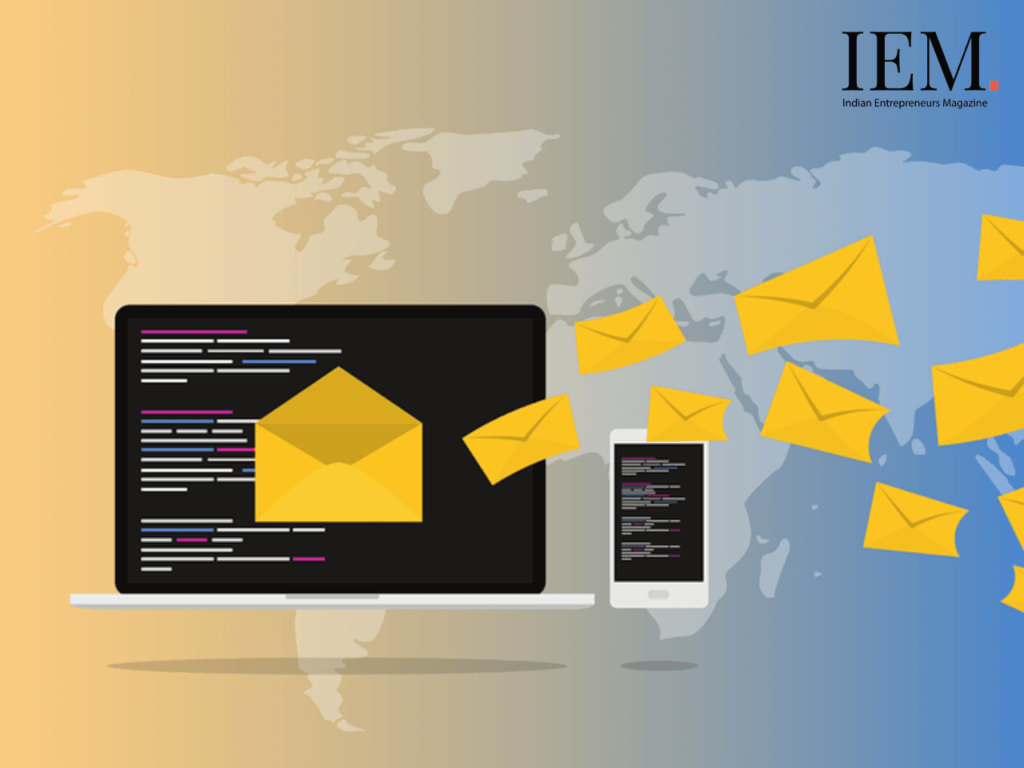Email marketing is a popular digital marketing strategy that involves sending promotional messages or newsletters to a group of subscribers via email. It is an effective way to reach a large audience and promote products or services. In this article, we will discuss how email marketing works and its key components.
1. Building an Email List
The first step in email marketing is building an email list. This involves collecting email addresses of potential customers or subscribers who have shown interest in your products or services. There are several ways to build an email list, such as using sign-up forms on your website, social media, or offering incentives for users to subscribe.
2. Creating a Campaign
Once you have an email list, you can start creating email campaigns. A campaign includes designing an email template, drafting the content, and choosing the recipients. Email templates can be created using various email marketing tools that offer pre-designed templates or custom designs. The content of the email should be engaging and relevant to the audience. You can also personalize the content based on the recipient’s preferences or past interactions with your brand.
3. Sending Emails
After creating a campaign, it’s time to send emails. Email marketing tools allow you to schedule emails at a specific time and date. This is useful in ensuring that your emails reach your subscribers at the right time. You can also segment your email list based on demographics, preferences, or behaviour to ensure that your messages are targeted to the right audience.
4. Analyzing Results
Once the emails are sent, it’s important to analyze the results. Email marketing tools provide analytics and reports that track the performance of your campaigns. The reports include metrics such as open rates, click-through rates, bounce rates, and conversion rates. This information can be used to optimize future campaigns and improve overall email marketing performance.
5. Compliance with Laws and Regulations
It’s essential to comply with laws and regulations related to email marketing. This includes obtaining consent from subscribers to receive emails, providing an option to unsubscribe from future emails, and including the sender’s physical address in the email. Failure to comply with these laws can result in legal consequences and damage to your brand’s reputation.
6. Continuous Improvement
Email marketing is an ongoing process that requires continuous improvement. Based on the results of previous campaigns, you can optimize future campaigns for better performance. This includes testing different subject lines, email templates, and call-to-actions. Additionally, keeping your email list clean by removing inactive subscribers can improve email deliverability and engagement.
Conclusion
In conclusion, email marketing is a powerful tool that can help businesses reach a large audience and promote their products or services. Building an email list, creating a campaign, sending emails, analyzing results, complying with laws and regulations, and continuous improvement are key components of email marketing. By implementing these components, businesses can effectively use email marketing to connect with their audience and drive sales.


2 thoughts on “How Email Marketing Works: A Comprehensive Guide for Beginners”
Comments are closed.